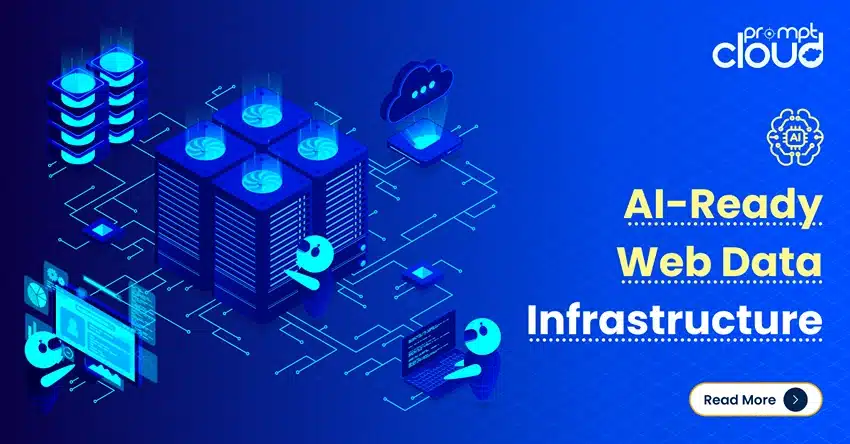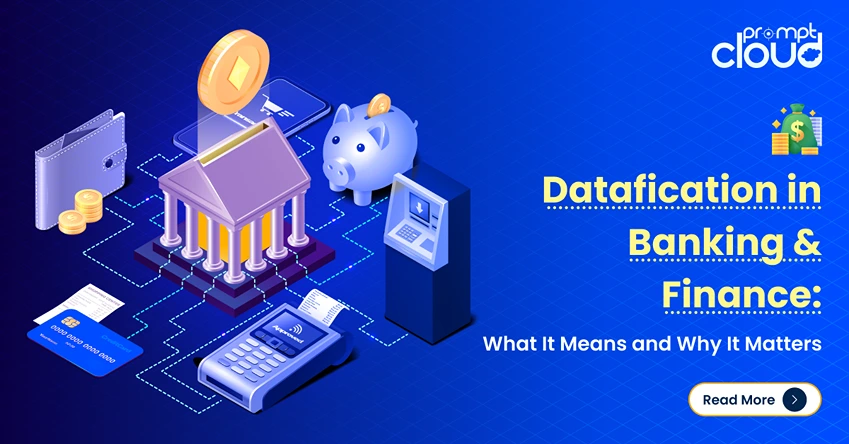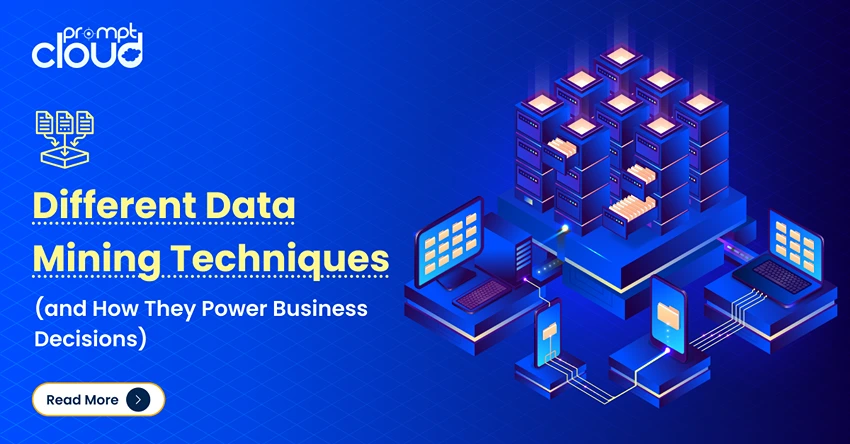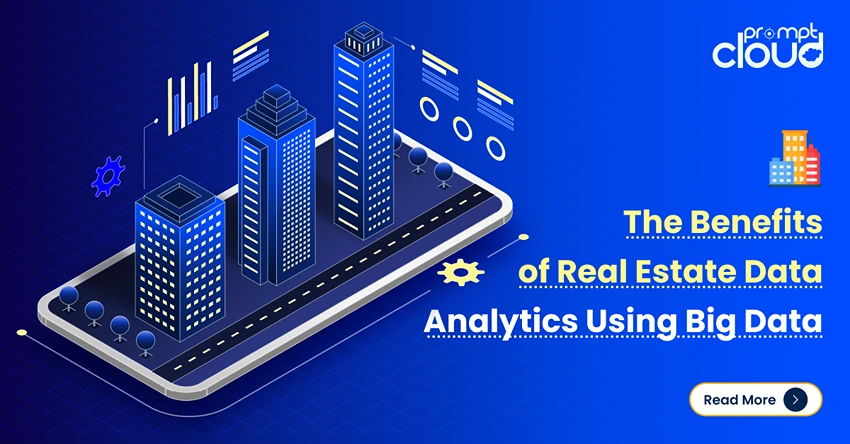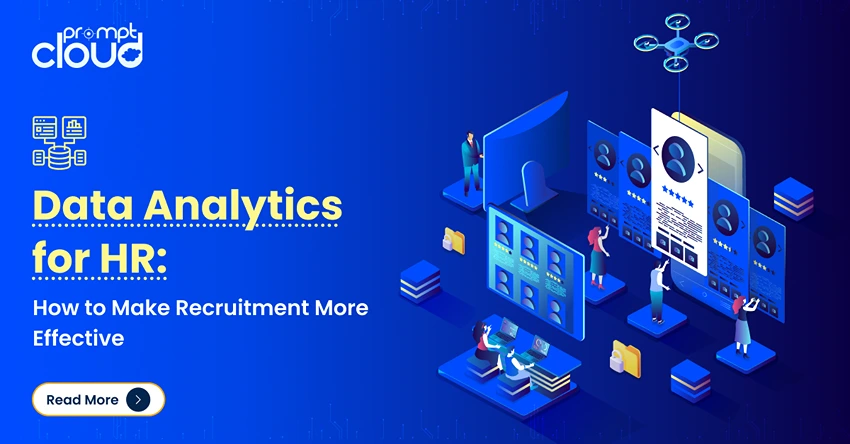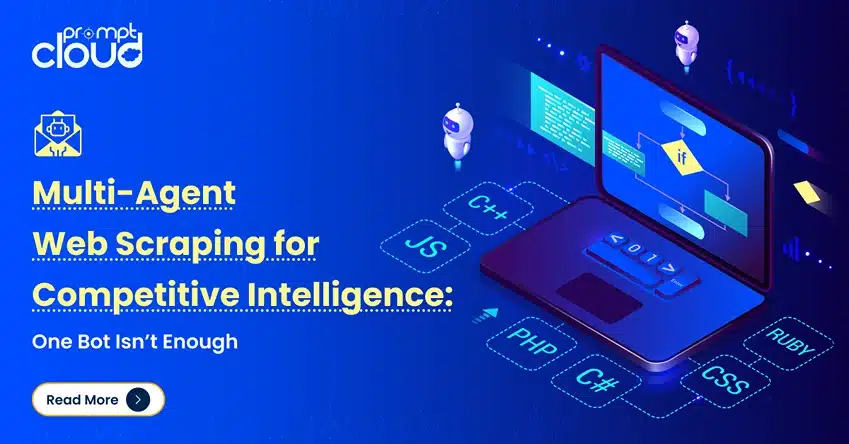In case you have been reading the news lately, you might have gone bonkers over the latest inventions in machine learning, such as the intelligent smartphones in the market as well as the self-driving cars, that are about to hit the streets any year now and keep the roads accident free; let me tell you that even your business could benefit from some simple machine intelligence.
Machine Learning and Web Scraping
Many businesses have been using web scrapers for quite some time. While in the earlier days, web scraping meant ten interns sitting and finding data on the topic you needed, or competitor info or even product info to fill up excel sheets, today you can subscribe to web scraping services that will use bots to get these things done, without any manual intervention, thus making it a faster affair and increasing reliability as well as accuracy of data.
If you talk of Artificial Intelligence, there is some difference between machine learning and artificial intelligence. In machine learning, a user has to teach the machine what is right and what is wrong, that is- you give it a set of rules and provide it a set of training examples. This training process is important to achieve more accuracy in the task it performs. The more it is trained, and the quality of data it is trained with will determine its performance in the later phase. In case of artificial intelligence, or as you might call it unsupervised learning, the teaching is done by itself with a loosely bound set of rules and little training. It can create its own path as it moves. With more use, it learns more and is able to work better. This is made possible by using artificial neural networks and deep learning, generally used for speech and object recognition, sentiment analysis, image segmentation, natural language processing, and human motion recognition and imitation.
The web is the largest repository of data, both vast and abundant. The immense possibilities that come with such an incredible amount of data are unimaginable with a pen and a paper. However, the challenge itself lies in the navigation of this raw data to draw up some meaningful and reasonable information. Some time and effort is needed to crawl data off the web, even though web scraping technologies have moved far beyond their initial days. However, things are changing and labs like the MIT lab have been working on intelligent systems that can gather information from several sources on the web, and even teach itself how to do it, all by itself.
Extraction of structured data from unstructured documents can automatically be done using such researched techniques. In simple words, these research studies talk of systems that will think in the manner, a human being would, while looking at some documents. When we cannot find some information to fill up a missing gap in a document, we try to fill it up with alternate information. The algorithm does the same and saves this newly found information in its repository as well.
AI-based data extraction systems involve what is called a ‘confidence score’. This score determines the probability of the classification, that is done by the machine being statistically correct, and it is derived from the data it has been trained on, till that point of time. If the calculated confidence score does not match the user-defined threshold, the system will, all by itself, search the web, and get more relevant data. Once the confidence score is achieved, the integration of new data will happen with the original document and it will be presented to you. It is a cyclic process, in which the machine tries to build an entire data-bank that you need by scrapping bits and pieces from here and there, and then calculating the confidence score, and going back to it if one dump of data fails to meet the threshold score.
This learning mechanism is known as ‘Reinforcement Learning’ and rewards itself, on a correct finding. That is, once it finds some data, that is satisfactory, and above the threshold score, it not only provides it to the user, it also saves all the related information so that the next time it does a similar task, it already knows and is aware of the paths that it has to take. The machine tries to merge data from various sources, without affecting the overall accuracy and keeping the final result as close to the required threshold as possible.
To test how well such an artificial intelligence system can extract data, researchers at MIT gave it a sample test task. The machine had to analyze the web on mass shootings in the United States, and somehow gather the name of the shooter, as well as other details like the number of injured, fatalities and the location. The system was able to pull up accurate data while beating conventionally taught data scraping mechanisms by more than ten percent.
With ever increasing need for data and data scraping and the well-known challenges associated with gaining it, Artificial Intelligence or Machine Learning could be what’s missing in the whole equation. The research in this field, though in its early state, is pretty promising and gives us a glimpse of a future where intelligent bots with abilities of a human would be able to crawl the web and get us the information that we desire.
It could be a game changer in research tasks, where a lot of people do manual work to collect important data that cannot be found easily, or for tackling data challenges of businesses that traditional web scraping tools are unable to handle. New research in this field, and companies encouraging more and more web scraping and data handling will help the service providers invest more in intelligent web crawlers and maybe these services will soon become the best friends of researchers and businesses alike. So maybe you don’t really need a terminator to work for you. just an intelligent web crawler.










